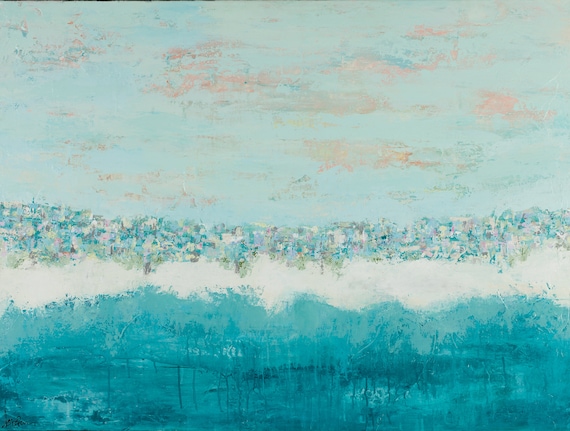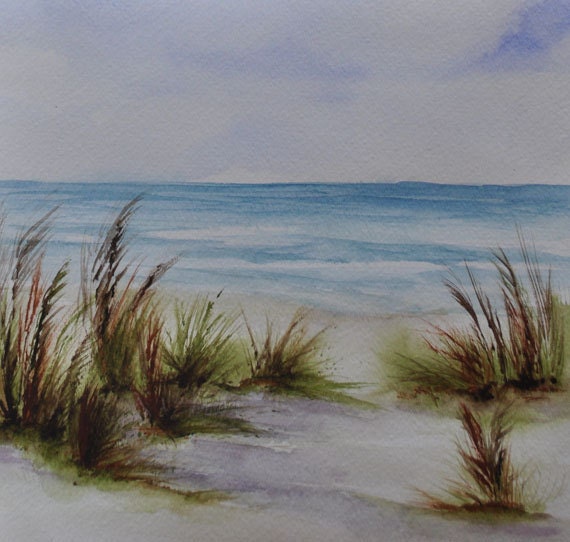Learning Week 12: 29th of June - 6th of July
https://www.bbc.co.uk/bitesize/articles/zfx6dp3 Halves and Quarters
https://www.bbc.co.uk/bitesize/topics/z9sycdm/articles/zhmjy9q Halves, quarters and thirds.
Moving onto 'Tenths as Decimals', a decimal number lies between ones and tenths. Attached below are some fraction information cards so you can see how one tenth and four tenths are represented in different ways, including as decimals.
Also, you can take a visit to Number School on BBC bitesize where this clip will explain tenths as decimals.
https://www.bbc.co.uk/bitesize/clips/zr6pvcw
The worksheet takes you beyond the number 1 so if you imagine tenths going beyond 1 it would be labelled like this...
0 0.1 0.2 0.3 0.4 0.5 0.6 0.7 0.8 0.9 1 1.1 1.2
This pattern continues until you get to the next whole number which is 2. You would then count in tenths again until you get to 3 and so on...
2.6 2.7 2.8 2.9 3 3.1 3.2 3.3 3.4 3.5 and so on...
Now complete the attached worksheet.
ACTIVITY 2:
The next activity involves 'Fractions on a Number line'. You may find the second sheet on this attachment a little tricky but if that is the case, have a go at sheet 1.
The first challenge asks you to place the fractions on the number line. You are estimating so imagine dividing the line into 2 equal bits to label one half. Into 3 equal bits to label one third and so on.
On Challenge 3 you need to fill in the missing fractions. Your denominator will stay the same as whatever you begin with. Remember that when the numerator and denominator are the same it equals 1.
Have a go at 'Fractions on a Number line'
ACTIVITY 3:
Complete your next 'Big Maths' Worksheet. If you have any queries about any of the questions, just email me and I can help out. You should have received your new Big Maths sheets in your packs.
ACTIVITY 4:
This week, complete another 3 Times Tables Rockstars sheets. In your new packs, you will see that each week has three sessions. You will also see that some weeks focus on individual facts such as just the 3, 4 or 8 times tables where as some weeks have a mixed facts focus. I suggest you begin with the individual times table facts so you can build up your confidence to the mixed facts sheets but that is just a suggestion. You can also jump on to the Times Tables Rockstars website where you can practise online and complete the 10 Garage Bands Sessions. At the end of the week, I'll look to see who has been on Rockstars and give more school 360 points out.
ACTIVITY 5:
I know that some of you will have finished or be coming to the end of your Schoffield and Sims maths booklet whereas others will still have plenty to do. If you still have pages to complete then just continue to work through the calculations at your own pace but I will also set a maths assignment on Busy Things too for every one to do. This week's task is called 'Splash Dash'. This fun game focuses on addition and subtraction. The first part of the race focuses on place value which will be good to revisit. You can find Splash Dash by going into Busy Things, Willow Class and then into Favourites. There is a Splash Dash on the pin board. If you are to use this one, I will have already emailed you.
ENGLISH
ACTIVITY 1:
READING ACTIVITY:
Reading is such an important life skill so it's crucial to set some time aside in your day to enjoy reading; whether it be by yourself, with an adult, your dog or even reading to a favourite cuddly toy! Reading can take so many forms - magazines, comics, newspapers, recipes, stories, non-fiction books... the list could go on! Listening to stories can be great fun too. I've been listening to more stories on 'Elevenses with the World of David Walliams'. As well as building up reading fluency, reading can help us learn more about the world we live in, stories take us to different places and imaginary worlds and what’s more...reading makes you an even better writer!
This reading activity is based on whatever story book you are reading at the minute or have read recently. Choose one activity, two or all three. Feel free to send any of it to me.
COMPLETE A COMPREHENSION FROM YOUR LEARNING PACK.
COMPLETE THE ATTACHED INFERENCE CARDS
DRAW AN OUTLINE OF A CHARACTER FROM YOUR BOOK. WRITE DOWN ALL THE DIFFERENT ROLES THEY PLAY IN THE STORY INSIDE THE SHAPE. E.g. Dad, husband, friend, son, doctor.
ACTIVITY 2
This week’s spelling, punctuation and grammar focus is 'Using adverbs to begin a sentence'. First read the snippet of text 'Rescue' (p.89) and then complete the activity sheet which goes with it. The activity sheet you need is number 90 or 91 depending on which one you have in your pack.
The BBC bitesize clip below tells you more about adverbs.
https://www.bbc.co.uk/bitesize/topics/zwwp8mn/articles/zgsgxfr
GET BUSY ON 'BUSY THINGS' - THERE IS ALSO AN ADVERBS ACTIVITY SET IN 'MY ASSIGNMENTS'.
ACTIVITY 3:
Spellings: Think about the spelling group you were in when at school. These are the spellings you are focusing on this week. As well as doing the 'look, say, cover, write, approach', why not write them in different colours, in different letter styles (wobbly, bubble), small letters, big letter or why not time yourself to see how quickly you can write them all or how many times you can write one word in 30 seconds!
| Group 1 | Group 2 | Group 3 |
| action | badge | weak |
| direction | edge | clean |
| eruption | bridge | read |
| creation | age | bean |
| location | change | beach |
| education | charge | cheat |
| emotion | village | dream |
| devotion | germ | heal |
| potion | giant | heat |
| lotion | energy | lead |
Set 1 spellings
|
If the root verb ends in ‘t’ the suffix ‘ion’ forms a ‘tion’ ending (invent – invention). |
|
A long ‘a’ sound is always followed by ‘tion’. For words ending ‘te’, drop the ‘e’ to add ‘ion’. |
|
‘otion’: the base word usually contains the vowel and is clearly pronounced (long ‘o’). |
Set 2 Spellings
|
‘dge’ is used for the ‘j’ sound at the end of words when it follows a short vowel sound. |
|
‘ge’ is used at the end of words when it follows any other sound (long vowels or consonants). |
|
‘g’ is used for the ‘j’ sound in many words when it goes before ‘e’, ‘i’ or ‘y’. |
Set 3 spellings
'ea' makes the long 'e' sound
Vowel Team Rule (Long Vowel Digraphs):
When two vowels go walking, the first one does the talking. The first vowel says its name and the second vowel is silent.
ACTIVITY 4:
@ EMAIL THIS TO ME SO I CAN FIND OUT WHAT HAPPENED IN SCARBOROUGH!
This activity covers English and Geography. Last week we learned about two different types of landforms. Can you remember what they are called? Take a look at the attached power point. It explains how caves, stacks and arches are formed. It is often weak spots, such as cracks, that these features are formed. Have a think about how else could coastal erosion be caused?
Human activity can also cause erosion. On the slides, take a look at what happened to the Holbeck Hotel in Scarborough in 1993!
Attached below, is a newspaper template along with a fact sheet about the Holbeck Hotel disaster. These are the first 3 pages of the work attached. It's up to you whether you use the first or second newspaper template. You are going to be a newspaper reporter, reporting on what happened at the time. Remember, as a reporter, readers want to know the answers to what, when, where, why, who? Also remember to stick to the facts and not to give a personal opinion. However, you might want to include a quote from a witness.
For example...
A guest, who noticed that most of the garden had disappeared commented, 'I couldn't believe my eyes! I thought I was dreaming or seeing things!'
Don't forget to read your writing to check it makes sense and to use capital letters and punctuation in the right places.
ACTIVITY 5
Imagine you are on holiday and you decide to write a postcard to someone back home. It could be a grandparent, uncle, auntie, friend - it's up to you! Using one of the postcard templates below ( or make one of your own) write a postcard describing your day at the beach. Think about the landscape, activities, smells, tastes, feelings, rocks, plants and animals.
ART
@ YOU DON'T NEED TO EMAIL THIS BUT AS YOU KNOW I AM ALWAYS KEEN TO SEE ALL ARTY CREATIONS!
Since we are on the topic of coasts, why not have a go at some coastal art. You could use pencils, paints or any other medium you want. If you are using paints, you could use brushes and sponge if you have it. Using sponge is really effective when it comes to painting seascapes, particularly when you want crashing waves and frothy foam! Here are some paintings below which might inspire you or you might have a completely different idea of what you want to do!




Stay well and keep smiling,
Mrs Smith